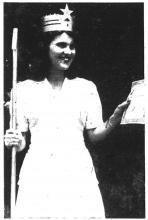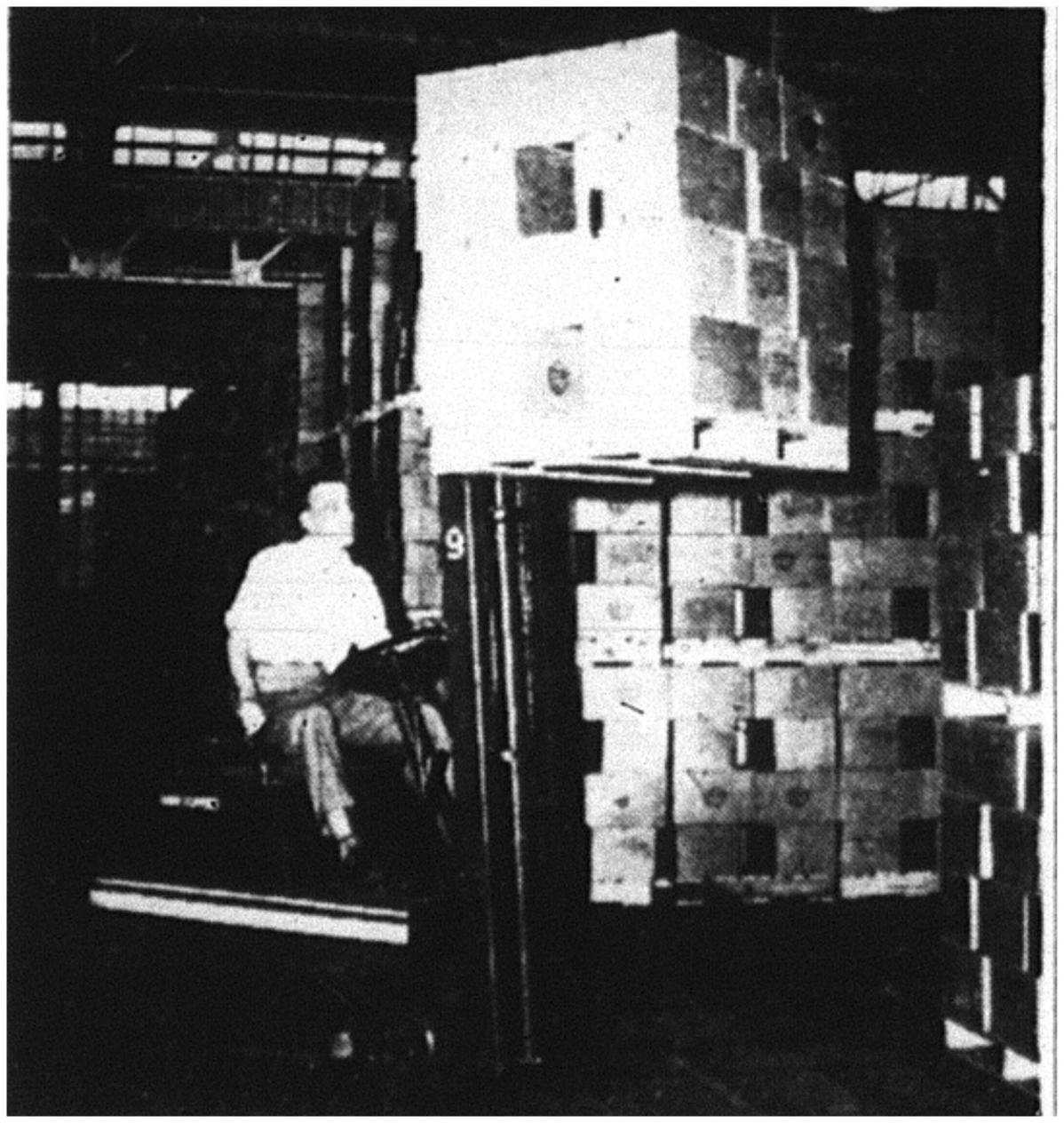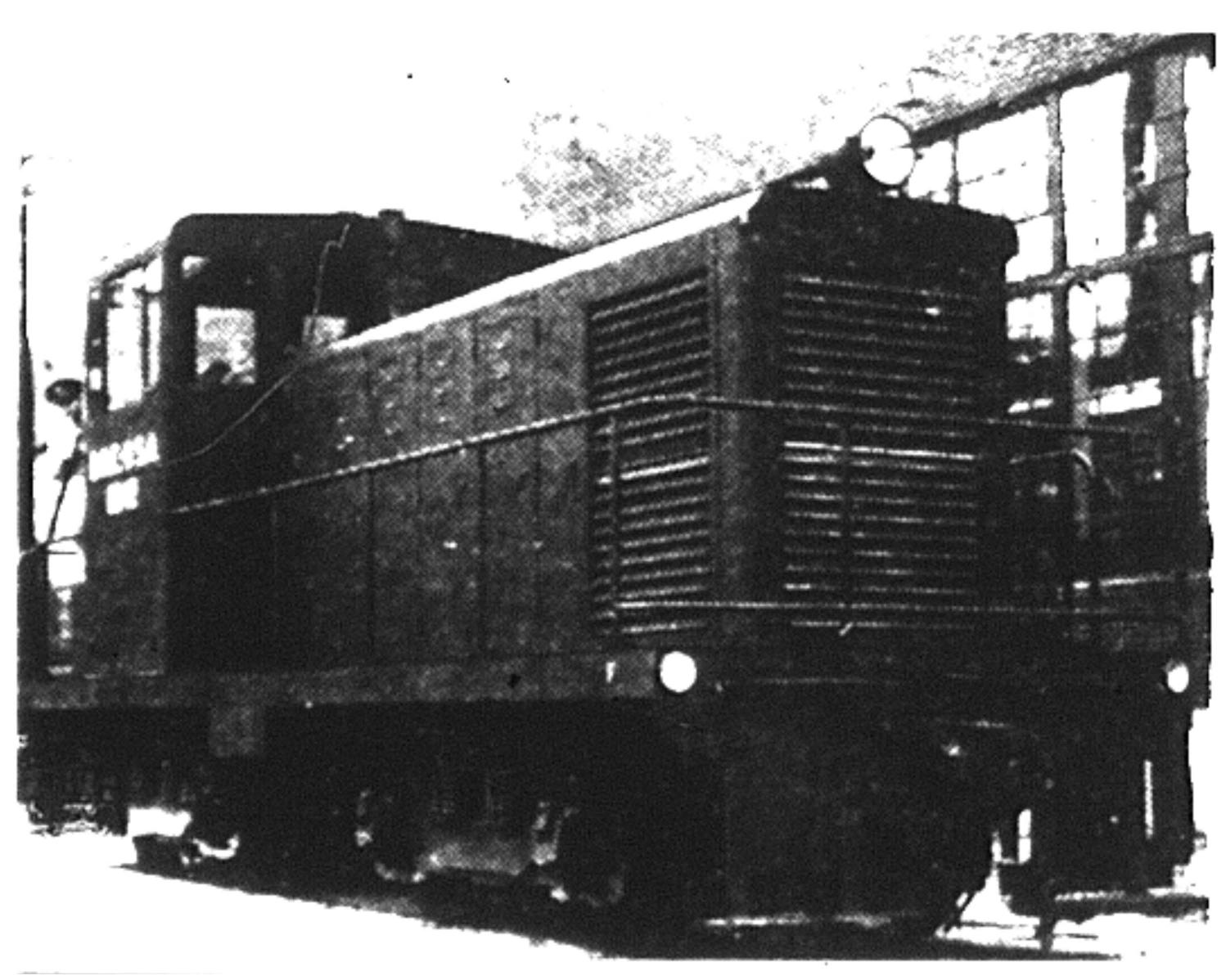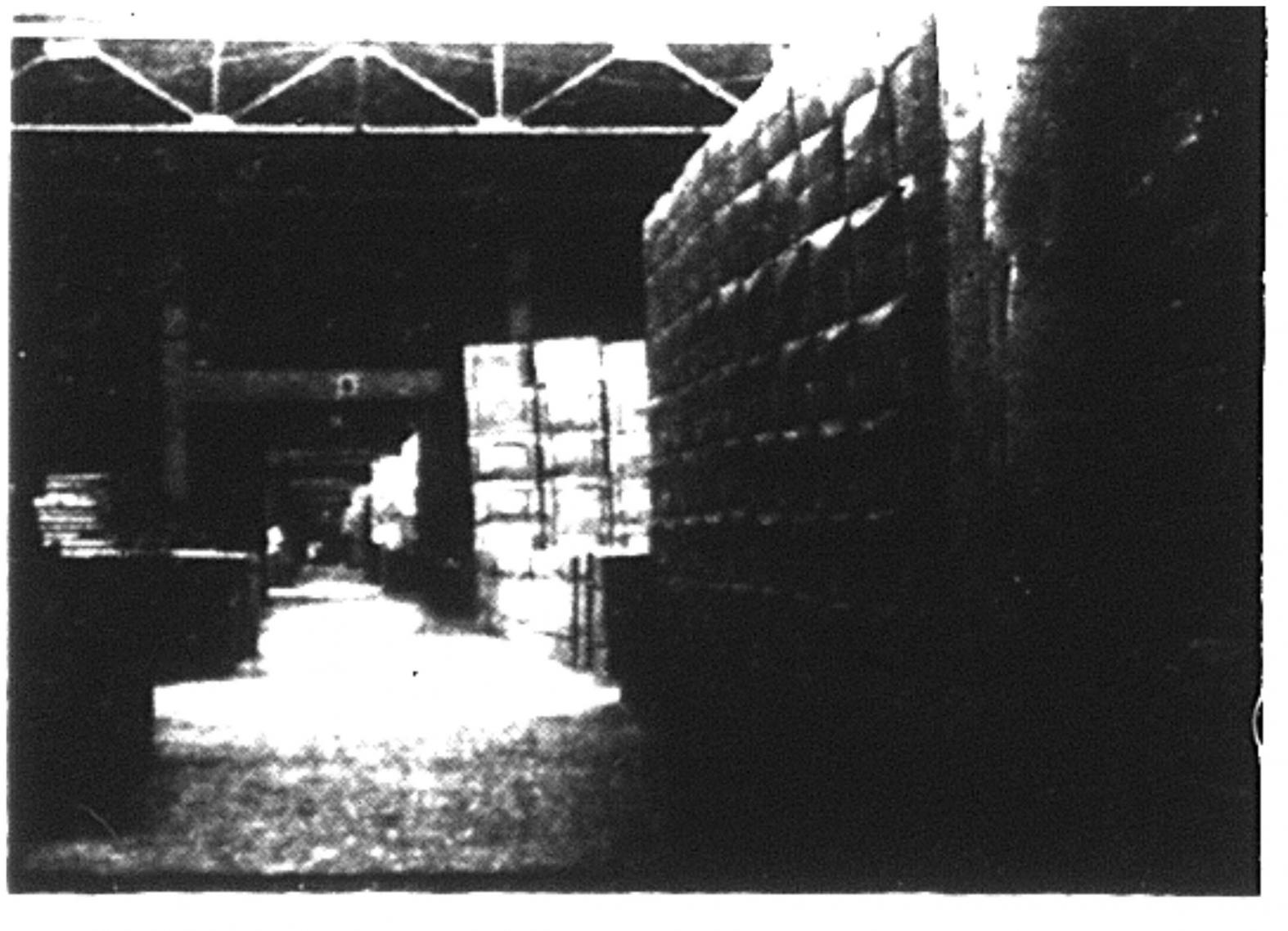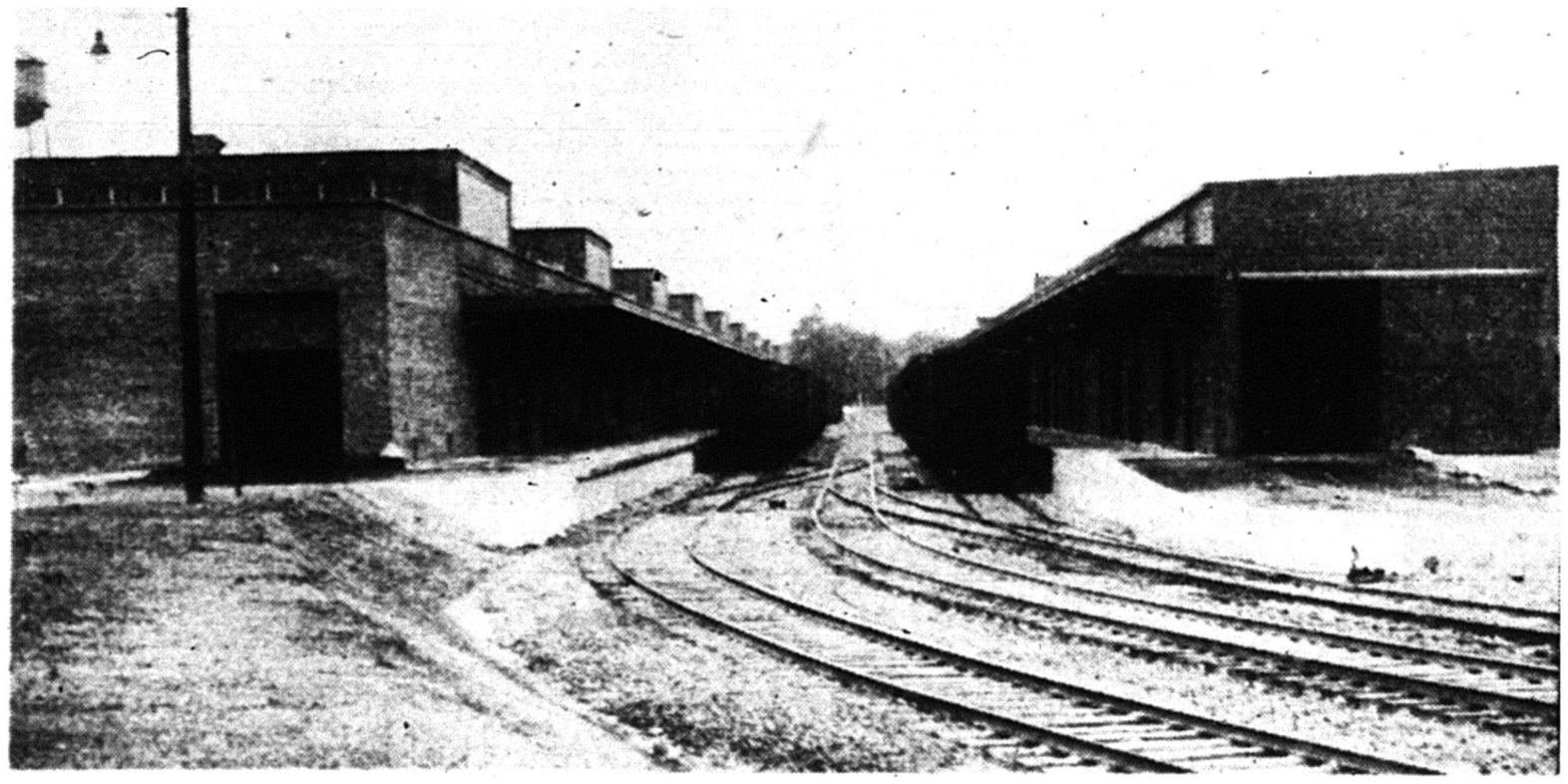You are here
The Charlotte Quartermaster Depot
The Charlotte Quartermaster Depot was activated on May 16, 1941, when three Army officers and 32 civilians, under the command of Lieutenant Colonel Clare W. Woodward, set up an office in the south wing of the old Ford Motor Company assembly plant on Statesville Avenue just outside of what was then the city limits. Lt. Colonel Woodward had received orders to quickly move from Atlanta to Charlotte. He picked several of his staff and some enlisted men to move with him.
During June 1943, the new head, Second Lieutenant Ernest T. Cassel, reorganized and stepped up the salvage program. More than just running the usual salvage items, such as paper, wood, wool and aluminum scrap, the Depot was trying to reuse government property that was in the depot or at army installations in the area.
Used lumber was cut into pallets to store outside materials off the ground. Used nails, steel scrap, waste paper, cloth and tabulating cards were sorted by type. Baling machines were used to bundle the salvage into units, often weighing between 150 and 275 pounds. Other miscellaneous objects were telephone poles, a sewing machine, sewer pipes, milk cans, wheel barrows, scales and blasting machines. Much of this type of salvage was from the final clearance of CCC camps in the area.
What started as a one office operation grew to 1,190,000 square feet in six warehouses on 72 acres. The original mission was to supply certain Army posts in the Carolinas and Virginia. Later, it supplied all items to 37 facilities in the Carolinas, Virginia and West Virginia. At the peak of wartime activity, the Quartermaster Depot employed 2,500 civilians under a staff of 80 Army officers. The monthly payroll was about $300,000.
The Depot also became the Zone Inspection Headquarters, which supervised other Quartermaster units in the Southeast. It studied and made recommendations about better methods of operation to the other units in its region.
The Depot also administered the Greenville, S.C. price adjustment office and handled negotiations for contracts. Even though the primary purpose of its existence was to handle distribution, it was also called upon to fill emergency overseas requirements. In January 1944, it sent 745 tons of materials through ports of embarkation. By November of the same year, the total had risen to 5,941 tons.
The staff handled everything from toothpicks and food to battle uniforms. They set a national record in 1944 for their purchase of war bonds. During this time, they purchased a higher percentage of bonds than any other establishment in the U.S., civilian or military, employing more than 1,000 persons.
Miss Gladys L. Hayes, a student at Lenoir-Rhyne College and an employee, was elected Depot Queen in August of 1943. Her reward was a crown, scepter, and a war bond.
To get a glimpse of life for the men and women in the Quartermaster Depot, you may read issues of the Depot's monthly newsletter, Tarheel QMD News:
The Navy had a shell manufacturing plant on York Rd. operated by the U.S. Rubber Company. National Carbon Company bought property off Mt. Holly Road to produce batteries for the military. Both plants supported the war effort but had no connection with the Quartermaster Depot.
After the war ended, the Depot functioned to repatriate the war dead until it was deactivated in January 1949. The American Graves Registration Division, assigned to the Depot in August 1946, delivered the bodies of 5,170 deceased service personnel to their next of kin in the Carolinas, Virginia, Tennessee, and Georgia. The escort attachment to perform these services consisted of 144 Army, 22 Air Force, 10 Navy and 30 Marine personnel. A plaque commemorating the World War II deceased returned through the American Graves Registration division was dedicated at the Charlotte Depot's main building in June 1949, by Major General Herman Feldman, Quartermaster General.
Photos of the Charlotte Quartermaster Depot courtesy of The Charlotte News, October 10 1942.
Photo of Gladys Hayes courtesy of The Charlotte Observer, August 13, 1943
